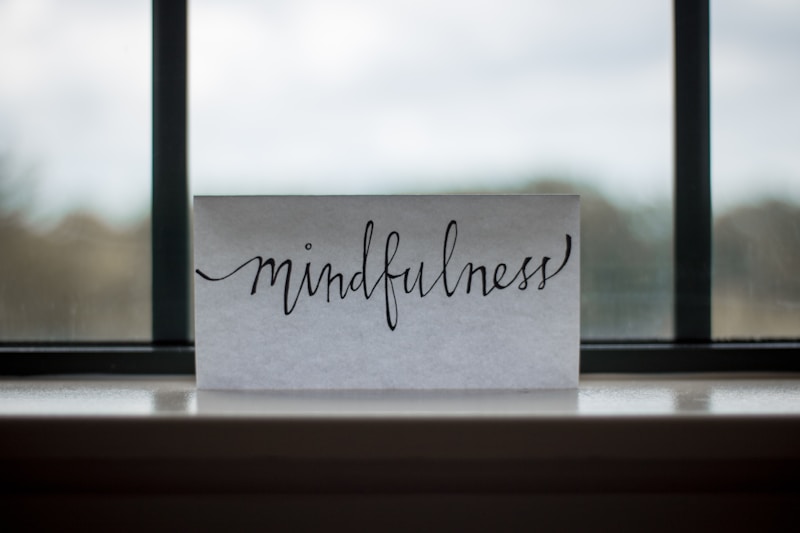Meditation goes hand in hand with yoga: dhyana being one of the eight limbs of yoga. As a yoga teacher, a regular meditation practice can greatly benefit not just you, but also your students. As you become calmer, happier and more balanced, your students will feel the effects as well.
Meditation is no longer largely regarded as an esoteric practice reserved exclusively for society-shunning monks sitting in the Himalayas. It is now being embraced as a practical tool for surviving and thriving amongst the constant demands of living in the 21st century, and as a result many different kinds of meditation have come to public consciousness.
Many people are put off meditation, believing that they can’t meditate because their mind wanders too much. Yet meditation is a way to harness the mind, to counteract the incessant thoughts that we’re often plagued by and to undo the harmful effects of stress that affect every area of our lives. It can be uncomfortable at first, much like asanas can be. But ultimately, you can find a way to make it work for you.
See Also: How To Hack Your Brain For Optimum Performance
The Mechanics of Meditation
Stress is a big problem for many of us. We are chronically overstimulated — our days often present a deluge of texts, emails, calls, long periods of staring at computer screens and rushing around juggling multiple demands. Being constantly ‘switched on’ has become the norm. As a way of coping, the body’s fight or flight response kicks in hundreds of times a day.
The result is that our levels of the stress hormone (cortisol) rise. Too much cortisol in the body can lead to all sorts of issues — we can become anxious, angry and depressed, our digestion becomes sluggish and our prana, or life force, diminishes. This is where meditation can be a powerful way to counteract stress and its detrimental effects on the mind, body and soul. By meditating, we can switch off autopilot and create space for deep relaxation, inner awareness and connection. We stop being a victim to our incessant thoughts and, as Steve Jobs said on his practice of meditation:
…there’s room to hear more subtle things – that’s when your intuition starts to blossom and you start to see things more clearly and be in the present more. Your mind just slows down, and you see a tremendous expanse in the moment. You see so much more than you could see before.
Meditate to Recharge
Through meditation, our consciousness expands and we become more connected to ourselves, to others and to a greater universal force that is bigger than us — the Isvara Pranidhana of Patanjali’s Yoga Sutras.
What’s even more beautiful is the benefits of meditation are not just limited to an individual level. If you’re calmer and happier, then by extension, the people you come into contact with will be positively affected too — it’s a win-win all round!
Meditation doesn’t need to be an onerous task — dedicating even a few minutes first thing in the morning to become aware of your breathing and tune into your body can transform your entire day. Yogi Yogananda (Autobiography of a Yogi) even said that meditation is “recharging the body with cosmic energy” – sounds pretty good, right?
All Different Kinds of Meditation
The sheer amount of information and techniques on meditation can be overwhelming. In the same way as yoga, a good way to get started is by trying out a few types and seeing which style resonates with you. Here are a few different types to explore:
1. Mindfulness Meditation
Mindfulness has been a buzzword for the last few years. Derived from Buddhist practices, it means ‘the practice of adopting a non-judgmental, present moment awareness’ or, in other words – observing what is happening now (sensations, thoughts and judgments), rather than indulging in the human tendency to project fear about the future or lament over the past.
Apps like Headspace have been pivotal in bringing meditation to the masses, by encouraging meditators to take just ten mindful minutes a day. Creator Andy Puddicombe also has a great book and TED talk which delve into more detail about the practice.
Mindfulness: A practical guide to finding peace in a frantic world is a fantastic book which covers the foundations and practicalities of mindfulness in a really clear way and shows how to integrate it into daily life. There are also many 8-week mindfulness courses around – The Mindful Project has a wide range of courses available.
See Also: Mindfulness in London: Commit to your Commute
2. Guided Meditations
Guided meditations are an easy way to get started in the comfort of your own home and there is a huge variety to choose from. Linda Hall’s meditations are a personal favourite – I often use them to clear my mind before sleeping. Her soothing, reassuring voice helps to you to become grounded in the present moment and soothe anxious thoughts.
Intuitive healer and Lululemon meditation ambassador Jody Shield has some great free meditations available here for dropping away from your head and into your heart space.
3. Vedic Meditation
This 5,000 year old ancient Indian technique has personally worked wonders for me – I’m calmer, more productive, happier, more focused, have more energy and it has deepened my yoga practice and teaching.
Vedic meditation (also known as Transcendental Meditation) is a very simple, effortless yet truly transformative technique. Students are given a personalised mantra that will resonate deeply with your nervous system. You then gently and silently repeat the mantra in your head for twenty minutes, twice a day.
The mantra acts as a vehicle to bring your nervous system into a profound state of rest that is 33% deeper than the deepest state of sleep. By regularly accessing this place, your body’s systems start coming back into balance after being thrown out of whack by stress.
From here, our happy hormones start to return to normal, digestion improves, stress reduces, tension dissolves, we become more creative, calmer, more productive and energised. We can sleep better, addictions and bad habits reduce and we are better able to navigate life’s up and downs. There are even effects such as improved fertility and sex drive and normalisation of weight. Will Williams is Europe’s leading Vedic meditation teacher and regularly runs beginners courses in London.
4. Yoga Nidra
Meaning ‘yogic sleep’, yoga nidra is a beautiful practice that is particularly useful for experiencing different states of consciousness and making the stresses of daily life seem very far away. As Swami Satyananda puts it: “In Yoga Nidra, the body sleeps, the mind rests, and the consciousness is active.” The use of a sankalpa – a heart’s desire – in the practice is particularly beautiful. There are lots of free yoga nidras available here.
Find Your Meditation Style
We’re living in a time when the pearls of ancient wisdom are becoming easily accessible, meaning that there is an abundance of techniques to suit anyone. The important thing to remember is that meditation doesn’t need to be wholly serious – often the best way to approach it is to try a few different varieties, approaches and classes and see what resonates with you.
With time, it will likely become clear which style resonates best with you and which one you can fit most easily in to your life. Much like with yoga, there is no one-size-fits-all approach – see what fits for you!
See Also: Introducing The 5 Brain States Of Meditation, According To Science












